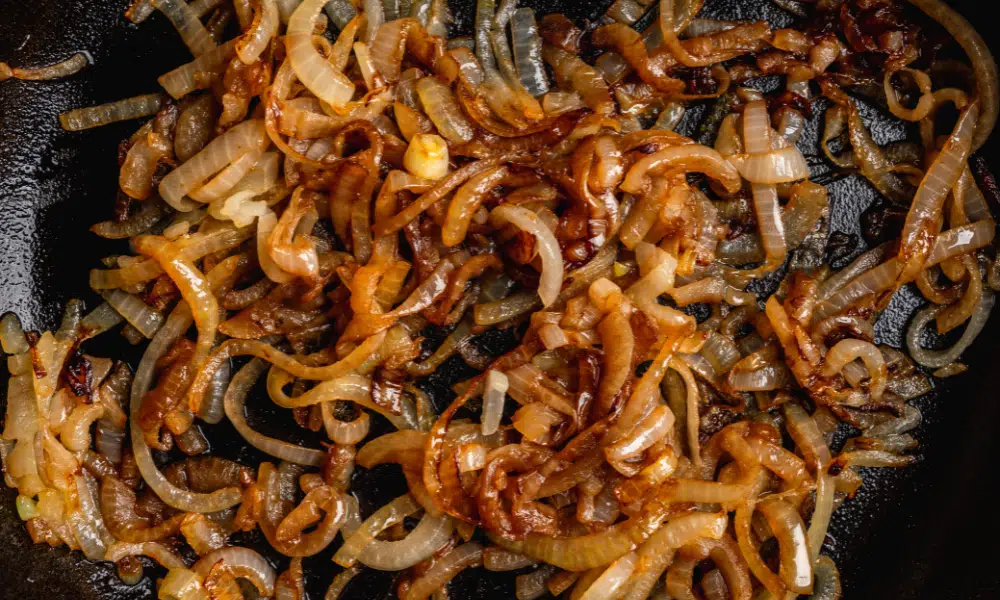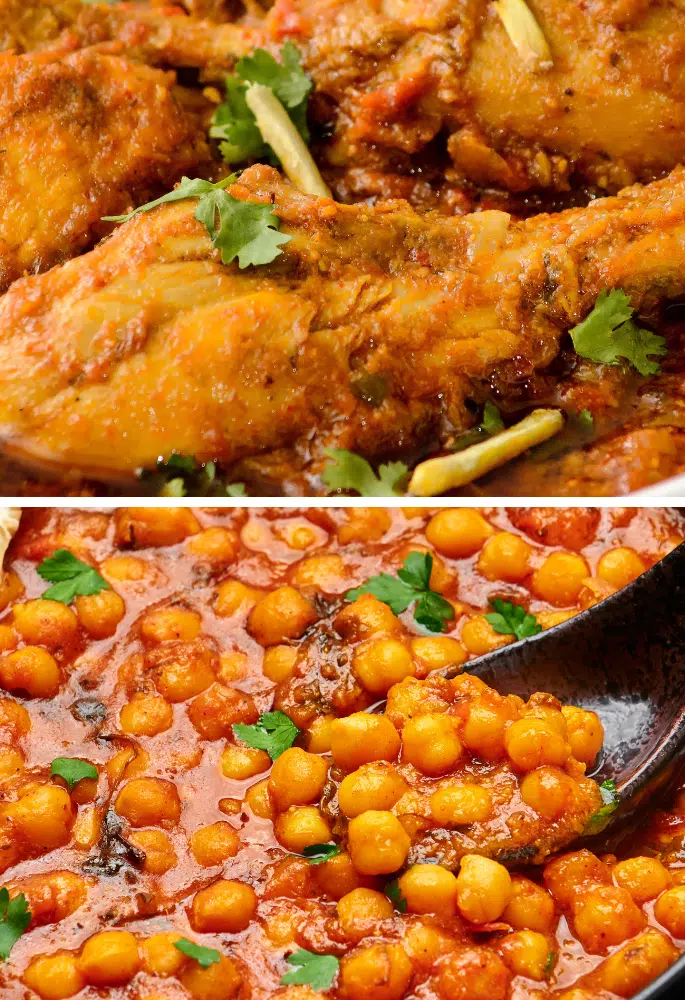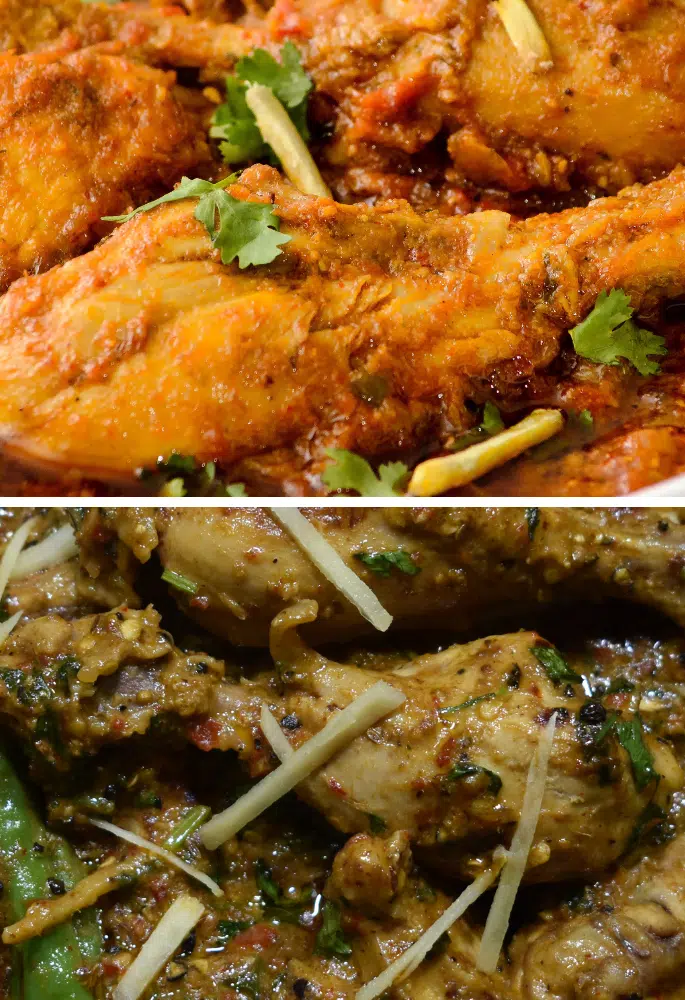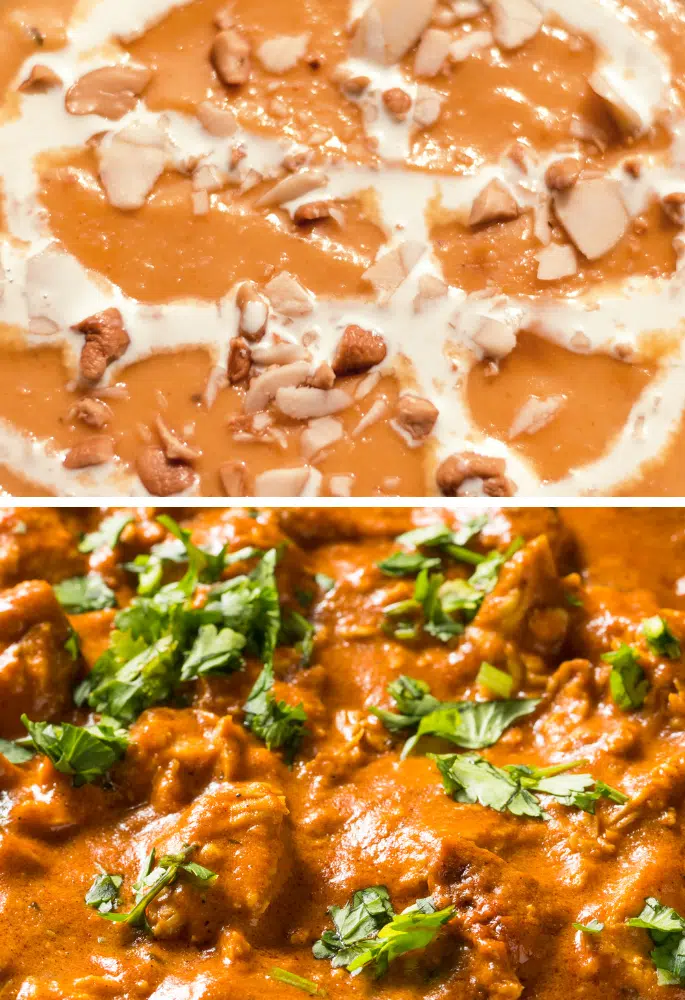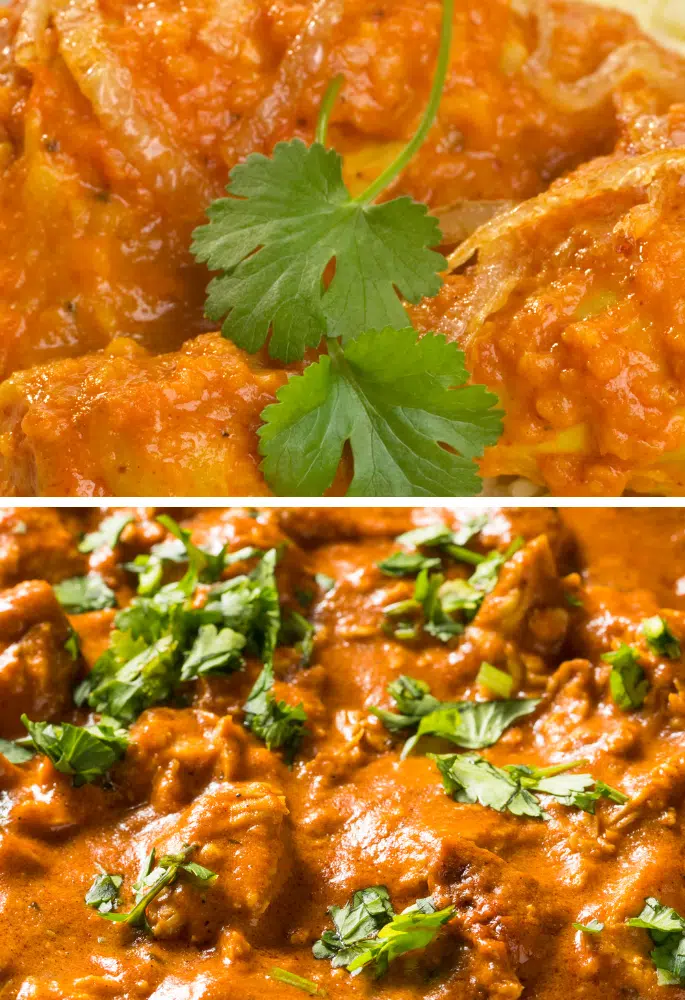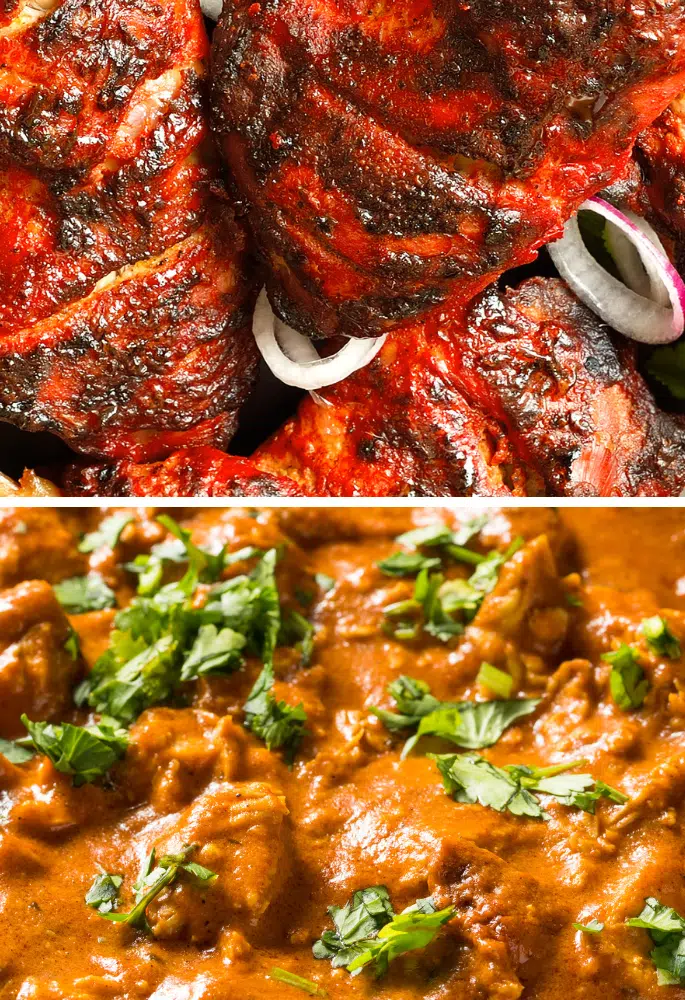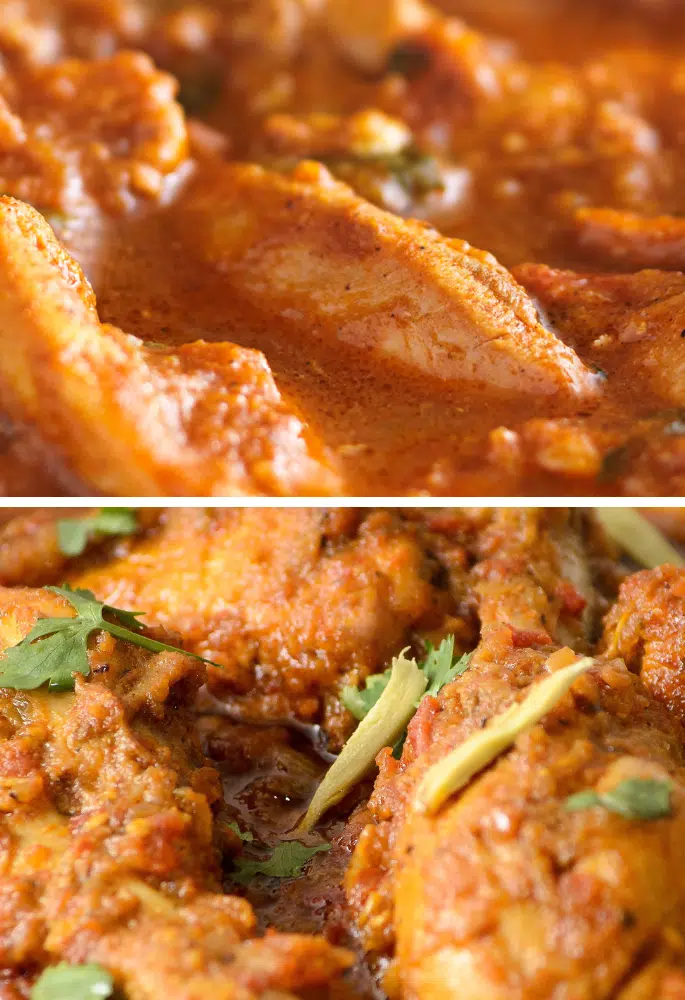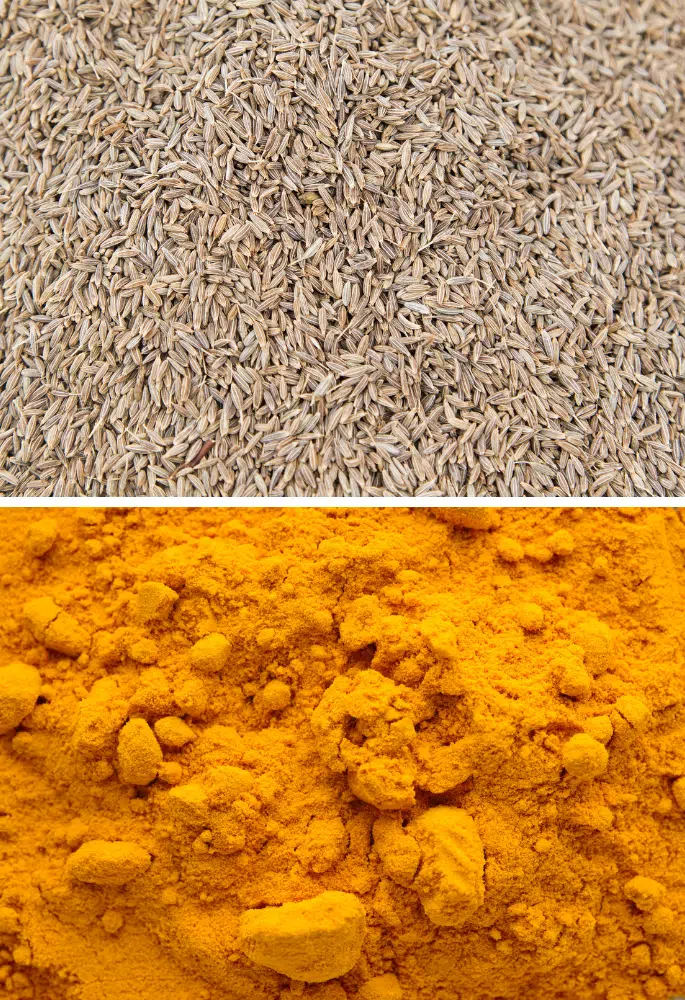Onions are one of the most used aromatics, found in almost every cuisine in some shape or form.
There are a whole variety of ways that you can use onions to add some instant flavour to your dish. But going that extra mile for your meal can be more effort than it is worth. Cut out the hassle of using your stove and cook your onions in a microwave instead.
To microwave onions, add fat to a microwave-safe bowl with diced onion, then microwave on high for 4 minutes until the onions have completely softened. You can also microwave whole onions.
How to Microwave Onions
Onions can be cooked in a whole variety of ways. But you will see the best results when you use your microwave to saute onions or cook a whole onion using one of these methods:
How To Saute Onions In A Microwave
There isn’t really an art to sauteing onions, but it can be very easy to burn the onion and lose all of their flavour if you are in a rush.
Instead, you can quickly saute your onions in a microwave without worrying about burning them:
- Add The Fat
Add either 1 tablespoon of oil or 1 1/2 tablespoons of butter to a microwavable bowl. Other fats can also work, such as duck fat, but only if you have it to hand. - Chop The Onion
Cut your onion into small pieces. The bigger you chop the onion, the more texture it will add to your dish. - Add The Onion
Once you are happy with the size of the chopped onion, add the pieces straight to your microwaveable bowl and use a fork or spoon to cover the onion in the fat. - Cover
Take some plastic wrap tightly cover the top of the bowl. - Pierce The Plastic
Use a fork or toothpick to create some holes in the plastic wrap. - Microwave
Set your microwave to high heat and cook your onions for 4 minutes. - Add To Your Dish
Leave the onions to sit for a minute or 2 with the plastic wrap still on before adding them to your dish.
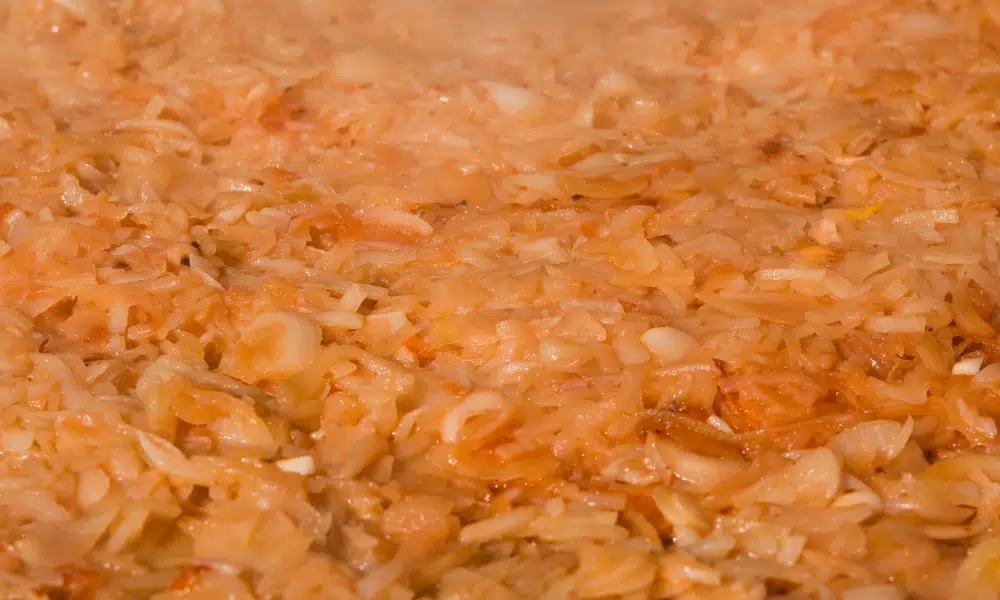
How To Microwave Whole Onions
A recipe will not often ask you to cook your onion whole. However, whole-baked onions are the perfect side dish for many warming meals.
Instead of waiting an hour for the entire onion to cook, you can use your microwave. Here is how:
- Peel The Onion
Without using a knife, peel the skin from your onion. Try to keep the root and the onion as intact as possible. - Create A Stable Bottom
Place the whole onion in your microwaveable bowl of choice. If the onion keeps moving around, use a sharp knife to cut away a little at the bottom root until it is more stable. - Cut Out A Hole
Carve a hole into the middle of your onion from the top. - Add The Stock
Take your stock cube of choice (vegetable is best, but chicken or beef can work, too) and stuff it into the onion. Push it down until it is securely in the hole. - Add Other Flavours
Stuff the rest of the onion hole with butter and your seasoning of choice. - Cover
Use a lid or plastic wrap to cover the microwaveable bowl’s top securely. - Microwave
Set your microwave to the highest heat and allow the onion to cook for 7-8 minutes. The bigger the onion, the longer it will need to cook. - Serve
When the onion is tender, you can serve it immediately. For the best flavour, scoop up excess fat from the bowl and pour it over the onion.
How to Microwave Onions Successfully
To ensure that you get the best results when microwaving your onions, keep these tips in mind:
- Use Neutral Oil – You will need fat when microwaving onions to stop the onions from drying out. When using oil, use a neutral flavoured oil like vegetable oil where possible to prevent altering the taste of your onion too much.
- Smaller Pieces – Less Cooking Time – When sauteing your onion, chopping it into smaller pieces will make it cook quicker. You will lose the extra texture when you add the cooked onion to your dish, but you will not need to saute it for as long in the microwave.
- Don’t Forget To Cover – Leaving your onion uncovered when you microwave it will dry it out and make the butter or oil splatter all over the inside of your microwave. Don’t skip out on the plastic wrap if you want to save some cleaning time!
Why You Should Microwave Onions
Still not convinced that you should use your microwave for cooking onions. Well, here are a few advantages to doing so:
Much Quicker
Cooking whole onions in the microwave is much quicker than using your oven. You can reduce the cooking time by 50 minutes and still have a deliciously tender onion.
Likewise, you won’t have to stand around sauteing your onions as long when using a microwave.
Very Flavourful
Onions are full of flavour. You will not need to put much effort into flavouring your onions when you use a microwave to cook them, and you won’t have to worry about the onions losing their flavour.
Why You Shouldn’t Microwave Onions
You may face some issues when microwaving your onions that you should be aware of. Such as:
Lingering Odours
There is a good reason that onions are classed as an aromatic. The smell of sauteing onions alone will instantly make any dish smell delicious.
When cooking onions in a microwave, that aroma can stick to your microwave. This will affect the taste of your food the next few times you use your microwave.
Soggy Sauteed Pieces
When sauteing your onion on the stove, there is space for the onion to sweat and release extra moisture so it doesn’t become too soggy.
Even if you poke holes in the plastic wrap, your microwaved sauteed onions may still sweat too much and ruin their texture.
Microwaving Onions FAQs
You now know how to microwave onions in two forms but do you still have questions? Then perhaps these will help:
Your microwave will stink after microwaving onion. But you can eliminate the smell by microwaving 1 cup of water mixed with 1 tablespoon of lemon juice for 3 minutes. You can also use vinegar in place of the lemon.
Microwaving sliced onions on high for 10 minutes is the closest you will get to caramelising them. Unfortunately, you’ll never recreate properly caramelised onions cooked low and slow in a cast iron pan.
Acacia may be a freelance writer by day, but they are a food fanatic by night. They are always trying out new recipes or finding different ways to elevate classical dishes. But their biggest culinary aim is to educate others on the basics of the kitchen so that they too can enjoy delicious food.


